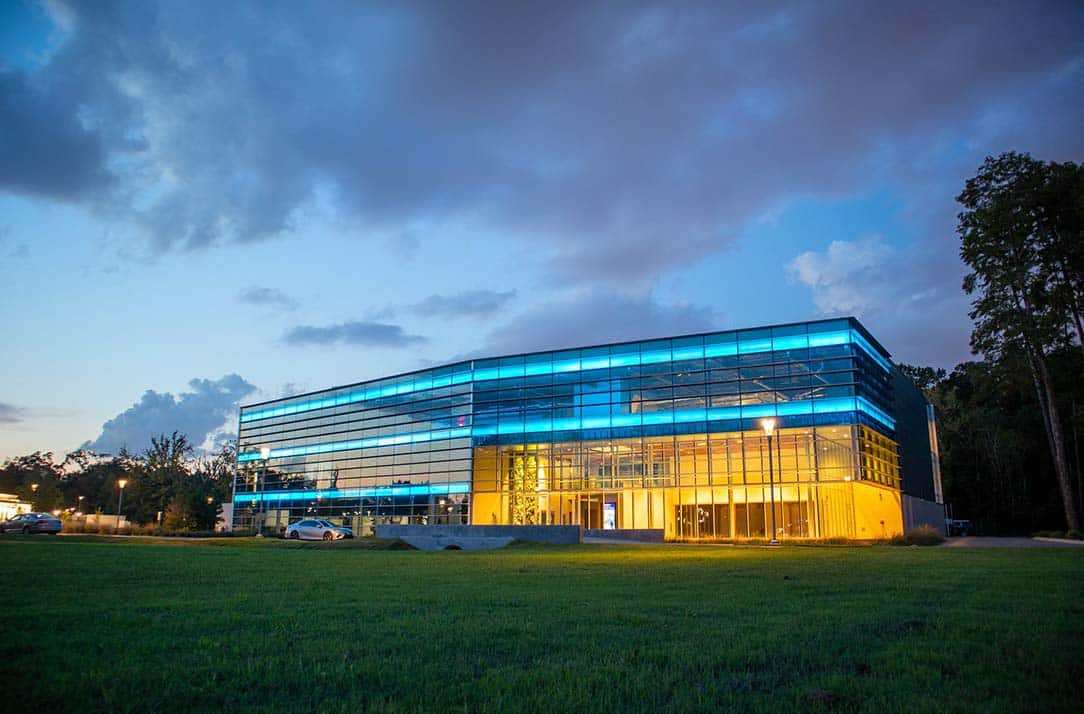Energy Efficiency Claims and Real Information From The Experts
When it comes to commercial buildings, statistics and data from reputable sources like the U.S. Department of Energy and ENERGY STAR are alluded to quite frequently. And some of this information can be quite overwhelming. When you hear some of these energy efficiency facts, how do you decide to take action within your own building?
Here, we explain how high-performance, low-e window film can address the energy efficiency statistics and claims that exist in our industry.
Claim: Approximately one third of a building’s cooling costs can be attributed to solar heat gain through windows.
Source: U.S. Department of Energy

How Window Film Helps: If buildings don’t have a way to reduce solar heat gain coming in through window glass, then cooling systems may be used more often to keep tenants and occupants comfortable. Using window film to reduce solar heat gain can make a big impact on cooling costs by helping to even out hot and cold spots, regulating temperatures near windows to improve thermal comfort, and reducing cooling requirements. Newer low-e films are designed to be spectrally selective, reducing a large portion of the sun’s infrared heat while allowing visible light to pass through.
Claim: HVAC systems account for roughly 41% of total commercial building electrical usage – almost double that of any other building system.
Source: Alliant Energy
How Window Film Helps: Reducing heating and cooling loads can lessen HVAC energy usage – and high-performance, low-e window film may help you accomplish this. After installation, you may notice reduced HVAC usage thanks to more controlled interior temperatures throughout the building. Another bonus? When you reduce loads, you also reduce stress on the system. The more often it runs, the faster the equipment may need repairs or replacement. When it runs less often, you can prolong the life of your HVAC system.
Claim: Energy costs represent 30% of a typical building’s annual budget and is the single largest operating cost.
Source: BOMA-Kingsley Quarterly/ENERGY STAR
How Window Film Helps: Operating costs include energy usage for HVAC, lighting, plug load, etc. And low-e window film can positively impact all of these factors. For example, uncontrolled daylight through window glass often causes tenants and occupants to shut blinds and shades. This may reduce the amount of natural daylight coming into the space, and place a higher demand on your electric lighting system. At the end of the month, you may notice higher utility bills if lighting has been turned on more often.
Claim: 80% of workers have trouble concentrating if the office temperature is higher than normal; nearly two-thirds say typical tasks may take up to 25% longer in warmer conditions.
Source: Cornell University
How Window Film Helps: As mentioned above, low-e window film can reduce plug loads – and here’s how. Unprotected glass can cause year-round indoor temperature fluctuations: warm temperatures in summer months due to solar heat gain, and cool temperatures in winter months due to thermal heat loss. If tenants or occupants are uncomfortable, they may resort to space heaters and fans to keep working environments at reasonable temperatures. As a result, your electricity bills go up. Installing low-e film may remove hot and cold spots, reduce solar heat gain and thermal loss, and allow tenants and occupants to keep blinds and shades open. When they are more comfortable and have access to natural light and views to the outdoors, workers may be more productive.
Claim: Inefficient windows are to blame for 25% to 35% of wasted energy in commercial buildings.
Source: U.S. Department of Energy
How Window Film Helps: The poor insulating characteristics of glass make windows one of the worst-performing components of your building envelope. Low-e window film can improve comfort levels and save energy by improving window insulating power by up to 92%. The right low-e window film provides single-pane windows with the same insulating performance as double-pane windows (and double-pane windows with the same insulating performance as triple-pane windows), significantly increasing the R-value of existing windows.This data was shared
Information Provided by Steve Debusk, Global Energy Solutions Manager from Eastman Chemical Company.
We hope this article enlightened you on some energy efficiency issues and how commercial window film can help. If you have any questions or would like to arrange for a free, no obligation consultation and quote, please contact Shaded Glass today by calling 801-810-8468 or email us at info@shadedglass.com. We are located in Orem, Utah and cover the surrounding area.
